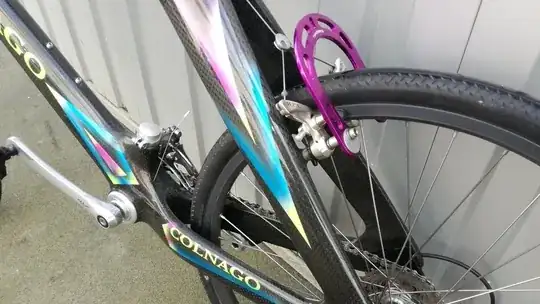Most answers here focus on braking force.
On the other hand, the Question is about the power and we are at Physics.SE so this is what happens with the braking power:
Braking generates heat. A steep downhill may require continuous braking that generates heat in the 1-2 kilowatt range.
Almost all of this heat goes to the rims (when using rim brakes) or in the disk (in disk brakes).
Rims are limited in their heat dissipation abilities first by the presence of the tire (limiting the safe temperature) and second by the pads material (rubber in the general case, also suffering from the heat).
Disks, on the other hand, can be made of steel or even cast iron, so they can go almost red-hot without getting in deep trouble. In fact, cast iron can go more than red-hot without deteriorating, it is the pads that limit the safe temperature.
Because the disks serve a single purpose, they can be made with much tighter geometric tolerances than the rims, allowing the use of heat-resistant materials in the pads as well.
As we know, hotter surfaces are better at dissipating heat than the less hot surfaces. All types of heat exchange (heat conduction, convection, radiation) intensify at higher temperatures.
